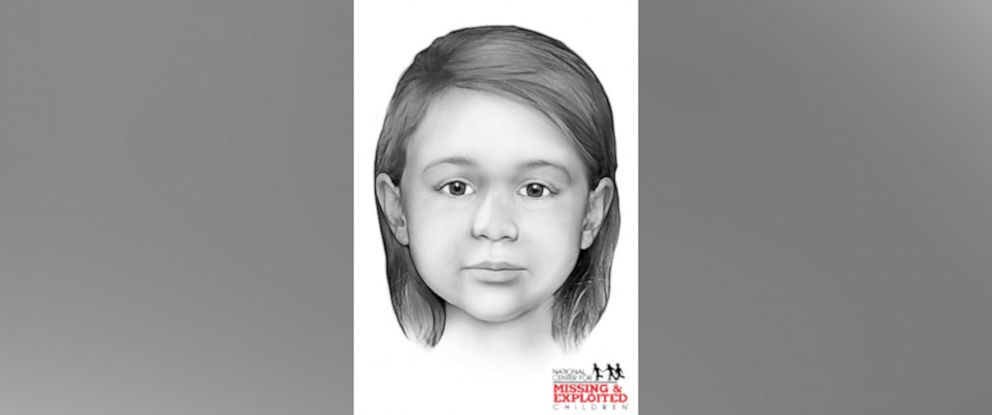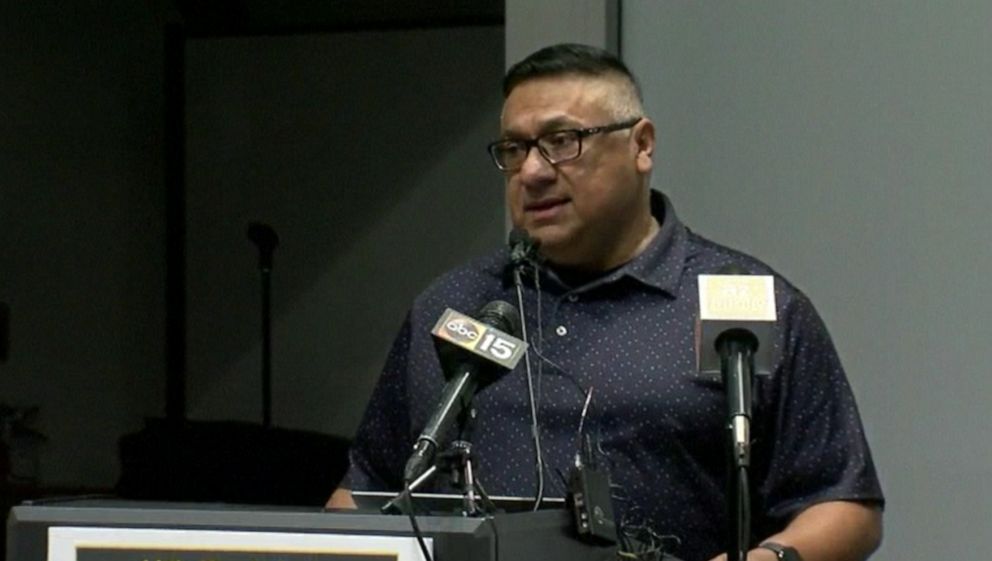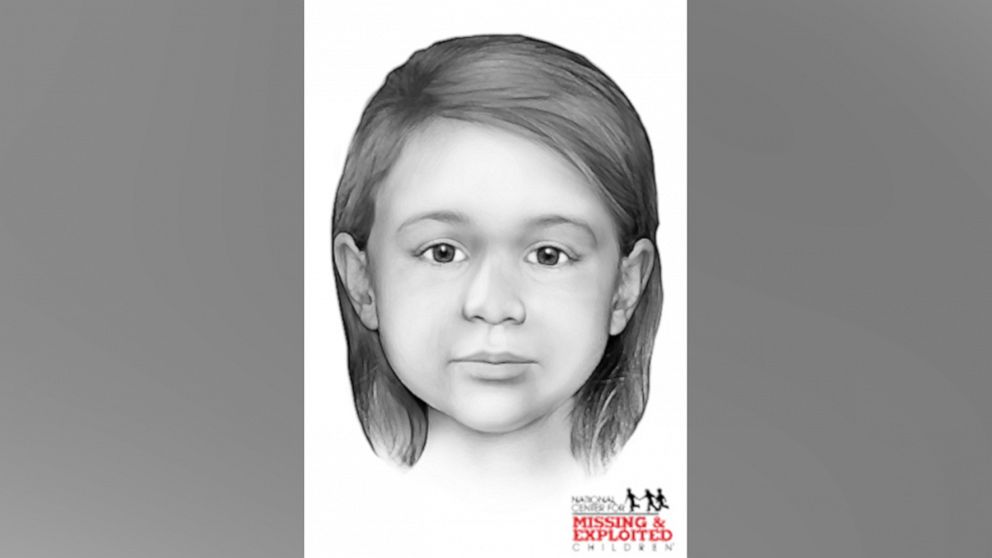Missing girl known as 'Little Miss Nobody' identified after more than 60 years
After more than six decades, a missing girl known as "Little Miss Nobody" finally has a name.
The Yavapai County Sheriff’s Office held a news conference Tuesday to announce that DNA technology was used to identify the previously unknown girl, whose remains were found in the desert in Arizona in 1960, as Sharon Lee Gallegos.
"In 1960, people had no idea that DNA would even be a technology," Sheriff David Rhodes said. "They wouldn't even know what to call it. It didn't exist. But somehow, some way, they did enough investigation to preserve, to document, to memorialize -- all the things that needed to occur so that some day we could get to this point."
Gallegos' nephew, Ray Chavez, attended the news conference to share that the story of his aunt's disappearance was something his family grew up with.
"We were known as that family who had a little girl kidnapped," Chavez said. "Thank you for what you have done for us. Thank you for keeping my aunt safe and never forgetting her. It's amazing the work that you did for our family to be at peace."

Gallegos was allegedly abducted on July 21, 1960, while playing with two other children in an alley behind her grandmother's house in Alamogordo, New Mexico, authorities said. She was 4 years old at the time of her disappearance.
Police and the FBI were unsuccessful in their search for Gallegos and her alleged abductors.
Ten days later, remains were found elsewhere in the desert in Arizona when a man came across a partially buried body, authorities said.
Officials in New Mexico reached out to the Yavapai County Sheriff’s Office, initially suspecting that the remains found in Arizona possibly belonged to Gallegos. However, due to a lack of technology, authorities were unsuccessful in identifying the remains.
"Unfortunately, DNA science at that time wasn't advanced enough to give us an identity," Lt. Tom Boelts said.

The case in Arizona went cold until 2015, when the National Center for Exploited and Missing Children offered to help with the exhumation of the remains along with DNA extraction for testing.
Due to unique testing capabilities of a lab named Othram, along with money raised through crowdfunding for the analysis, authorities were able to successfully confirm in February the remains that were found in Arizona belonged to Gallegos.
Gallegos' case marks the fifth cold case the Yavapai County Sheriff’s Office has solved.




